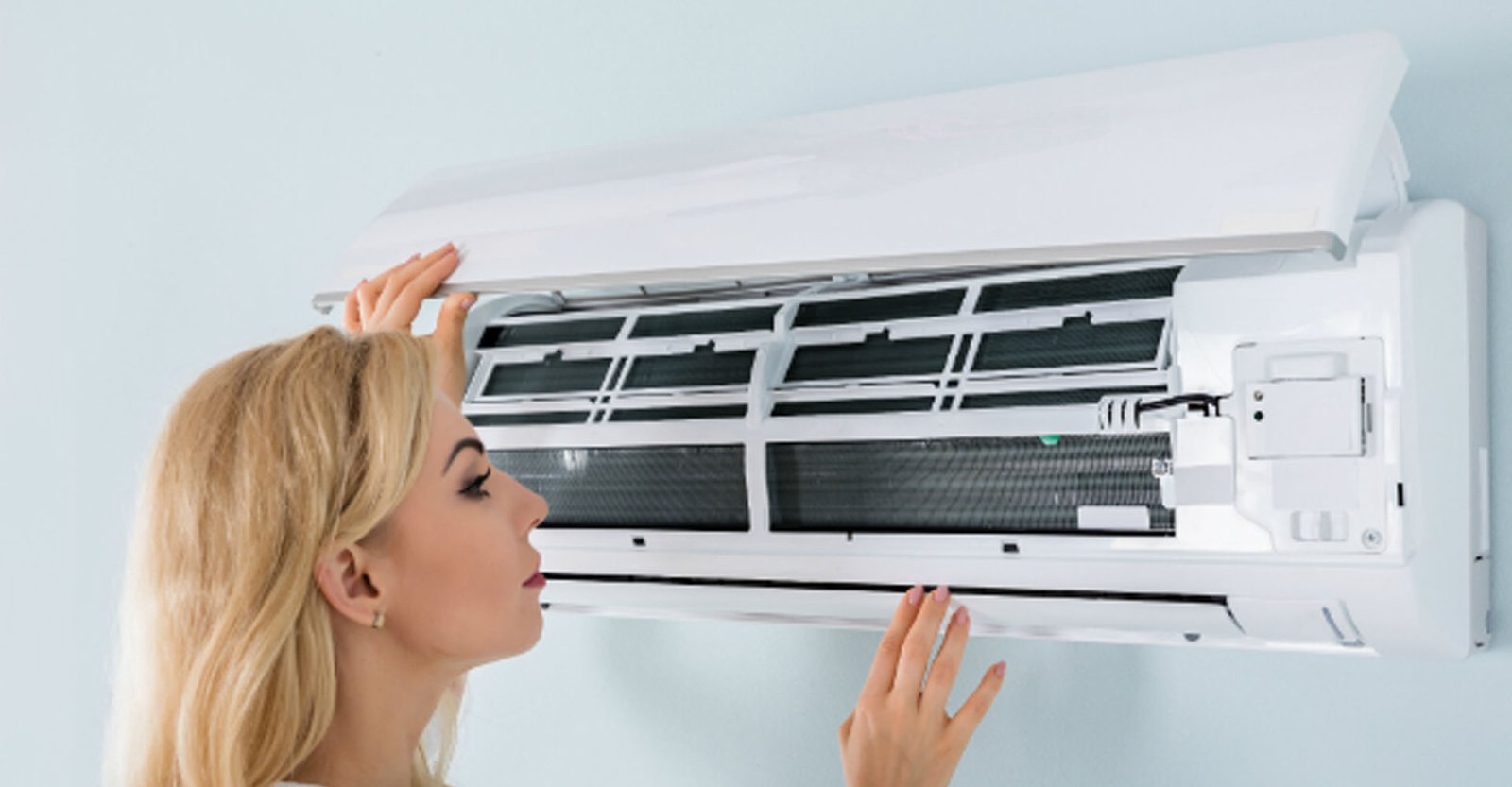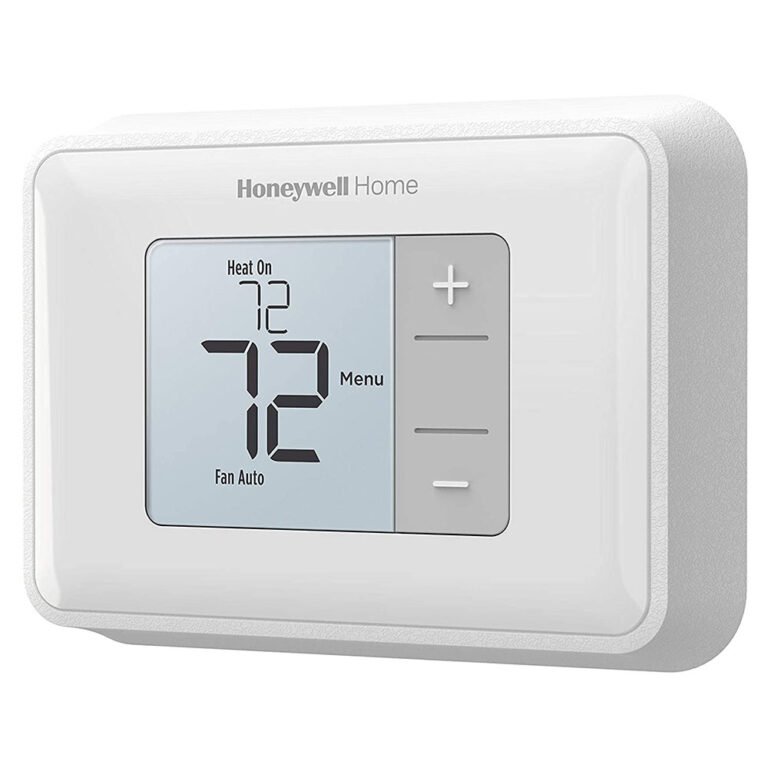What is High Velocity Air Conditioning: The Ultimate Guide
High Velocity Air Conditioning is a type of HVAC system that cools rooms quickly and requires smaller duct work compared to conventional systems. It provides improved air flow, temperature distribution, and indoor air quality, making it more energy efficient and suitable for tight spaces.
Despite the higher upfront cost for specialized equipment, it can lead to long-term energy savings when installed correctly. High Velocity Air Conditioning achieves thoroughly mixed air using high pressure, allowing for maximum cooling or heating from floor to ceiling.
Introduction To High Velocity Air Conditioning
|
What is high velocity air conditioning?
High velocity air conditioning refers to a cooling and heating system that utilizes small, flexible ducts and a high-pressure airflow to efficiently cool or heat indoor spaces. Unlike traditional air conditioning systems, which rely on large ducts and low air pressure, high velocity systems are designed to deliver conditioned air at a high velocity, ensuring even distribution throughout the space. This type of system is particularly suitable for older homes or buildings with limited space for ductwork installation. It can also be more energy-efficient and provide improved air flow, temperature distribution, and indoor air quality compared to standard systems. |
|
How does high velocity air conditioning work?
High velocity air conditioning systems work by utilizing a powerful blower that pushes air through small, flexible ducts at a high velocity. The conditioned air is forced into the rooms through small and strategically placed outlets, creating a high-pressure environment that maximizes cooling or heating efficiency. The small ducts can be easily installed in spaces where traditional ductwork is not feasible, such as in historical buildings or tight areas. The high velocity airflow also helps to eliminate drafts and maintain a consistent temperature throughout the space. Overall, this innovative cooling and heating system can provide enhanced comfort and energy efficiency for residential and commercial spaces. |
|
Importance and benefits of high velocity air conditioning
High velocity air conditioning offers several important benefits for both residential and commercial spaces. Firstly, it provides improved indoor air quality by constantly circulating and filtering the air, removing pollutants and allergens. Secondly, this type of system offers more efficient and effective cooling and heating, ensuring consistent and comfortable temperatures. Additionally, high velocity air conditioning requires less space for installation due to its small ducts, making it a great option for older homes or buildings with limited space. It can also be a cost-effective solution in the long run, as it can help reduce energy consumption and utility bills. Overall, high velocity air conditioning provides enhanced comfort, energy efficiency, and air quality for any space it serves. |
Components Of High Velocity Air Conditioning Systems
Air handler units are an essential component of high velocity air conditioning systems. They are responsible for circulating the conditioned air throughout the space. The air handler unit contains the evaporator coil, which cools the air, and the blower motor, which pushes the air through the ductwork. These units are designed to be compact and efficient, making them ideal for small spaces or retrofitting existing homes.
The mini-duct system is another integral part of high velocity air conditioning systems. This system utilizes smaller ducts compared to traditional HVAC systems, allowing for more flexibility in installation. The smaller ducts can be easily hidden or fit into tight spaces, minimizing the need for extensive remodeling. Despite their size, the mini-ducts deliver air at high velocities, ensuring effective and efficient cooling or heating throughout the space.
High velocity air vents, also known as outlets or diffusers, are specifically designed to accommodate the high airflow of the system. These vents can be placed strategically to optimize air distribution and maintain a comfortable indoor environment. The high velocity air vents come in various styles and finishes to seamlessly blend with the interior design.
The thermostat and controls are essential for regulating and controlling the high velocity air conditioning system. They allow users to set the desired temperature and adjust settings according to their comfort preferences. With programmable thermostats, users can schedule temperature changes throughout the day to optimize energy efficiency. Advanced controls may also offer additional features such as air purification and humidity control.
Advantages Of High Velocity Air Conditioning
A high velocity air conditioning system provides significant advantages over traditional air conditioning systems. One of the main advantages is faster cooling and heating. Due to its high pressure, a high velocity air conditioning system can cool or heat a room more quickly than a conventional AC unit. This is especially beneficial during hot summers or cold winters.
Another advantage is improved air flow and temperature distribution. High velocity air conditioning systems utilize smaller duct work, allowing for better air circulation and ensuring that each room receives an even distribution of cool or warm air. This improves overall comfort and eliminates hot or cold spots in the house.
Furthermore, high velocity air conditioning systems are energy efficient and cost-saving. Although the upfront cost may be higher due to specialized equipment, these systems can generate long-term energy savings. When installed correctly, they consume less energy compared to traditional AC units, resulting in reduced energy bills.
Lastly, high velocity air conditioning systems are ideal for tight spaces and older homes. Their compact design requires less installation space, making them perfect for areas with limited room for ductwork. Additionally, these systems can easily be retrofitted into older homes without major modifications.
Installation And Maintenance Of High Velocity Air Conditioning Systems
|
Choosing the right system for your home:
When it comes to selecting a high velocity air conditioning system for your home, it’s important to consider factors such as the size of your space, your cooling needs, and your budget. Proper installation guidelines: Installing a high velocity air conditioning system requires specialized equipment and expertise. It’s crucial to hire a professional HVAC technician who has experience with these systems. Proper installation ensures optimal performance and efficiency, reducing the risk of future problems. Regular maintenance and troubleshooting tips: To keep your high velocity air conditioning system running smoothly, regular maintenance is essential. This includes cleaning or replacing filters, checking and cleaning ductwork, and inspecting the system for any signs of wear or damage. If you encounter any issues, such as uneven cooling or strange noises, it’s best to consult with a professional for troubleshooting and repairs. |
Comparing High Velocity Air Conditioning With Traditional Ac Systems
High Velocity Air Conditioning (HVAC) systems are a popular alternative to traditional AC systems. These systems differ in cooling capacity and efficiency. In terms of cooling capacity, high velocity AC units cool rooms quickly compared to conventional AC units, thanks to their smaller ductwork and extra air handler. However, they are often perceived as more expensive due to the specialized equipment required for installation. While this air conditioner may have a higher upfront cost, it can result in long-term energy savings and a better return on investment. High velocity AC units also provide improved air flow, temperature distribution, and indoor air quality, in addition to requiring less installation space, making them ideal for tighter spaces. When comparing high velocity air conditioning with traditional AC systems, the differences in cooling capacity, efficiency, cost, and energy savings should be considered.

Credit: m.youtube.com
Common Applications And Uses Of High Velocity Air Conditioning
| Common Applications and Uses of High Velocity Air Conditioning | |
| Residential buildings and homes | High velocity air conditioning systems are particularly beneficial for residential buildings and homes. They offer improved air flow, temperature distribution, and indoor air quality. Additionally, they require less installation space, making them ideal for tight spaces in homes. |
| Commercial and office spaces | In commercial and office spaces, high velocity air conditioning provides efficient cooling and heating. These systems are known for their ability to cool rooms more quickly than conventional units. With smaller duct work, they can be easily installed in these spaces without requiring significant renovations. |
| Historic or architecturally sensitive buildings | High velocity air conditioning is often preferred in historic or architecturally sensitive buildings where the preservation of the original structure is important. These systems can be installed with minimal disruption to the building’s design and aesthetics. |
| Retrofits and renovation projects | High velocity air conditioning is a popular choice for retrofits and renovation projects. Due to its smaller duct work, it can be easily incorporated into existing structures without major modifications. This makes it a cost-effective and efficient option for updating HVAC systems in older buildings. |
Frequently Asked Questions For What Is High Velocity Air Conditioning
Is High Velocity Ac More Expensive?
A: High-velocity HVAC systems are typically more expensive upfront due to the specialized equipment required. However, they can result in energy savings in the long run. It is worth noting that high-velocity AC systems may be installed more affordably in new construction projects.
What Is The Difference Between High Velocity And Standard Hvac?
High velocity HVAC systems cool rooms quicker and require smaller duct work compared to standard systems. They are more expensive upfront but can save energy in the long run. High velocity AC units provide improved air flow, temperature distribution, and indoor air quality.
They are ideal for tight spaces.
Is High Velocity Air Conditioning Worth It?
High velocity air conditioning systems provide improved air flow, temperature distribution, and energy efficiency. Although they may cost more upfront, they can save you money in the long run. They are also ideal for tight spaces due to their smaller installation space requirements.
Overall, high velocity air conditioning is worth it for its benefits.
What Are The Benefits Of A High Velocity Hvac System?
A high velocity HVAC system offers several benefits including quicker room cooling, smaller duct work requirements, improved air flow, temperature distribution, energy efficiency, and better indoor air quality. Despite the higher upfront costs, it can lead to long-term energy savings.
It is also ideal for tight spaces due to its compact installation requirements.
Conclusion
With its ability to cool rooms quickly and require smaller duct work, high velocity air conditioning proves to be a worthwhile investment. Not only does it provide improved air flow, temperature distribution, and indoor air quality, but it also offers energy efficiency and space-saving benefits.
Although the upfront cost may be higher, the long-term energy savings make it a cost-effective choice. Overall, high velocity air conditioning systems are a reliable and efficient solution for keeping your space comfortable.







